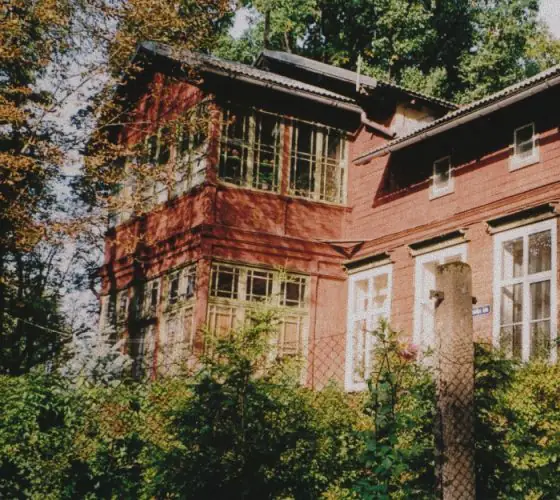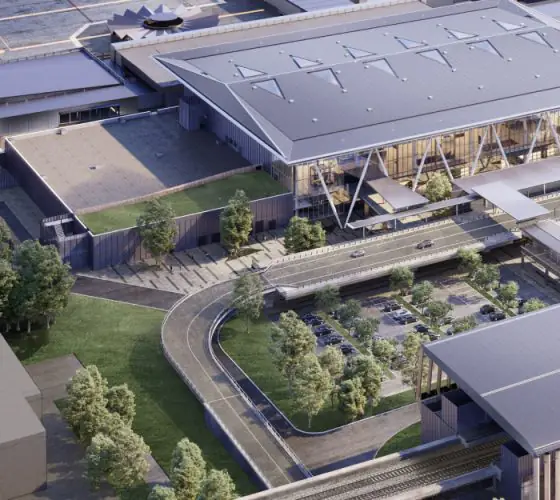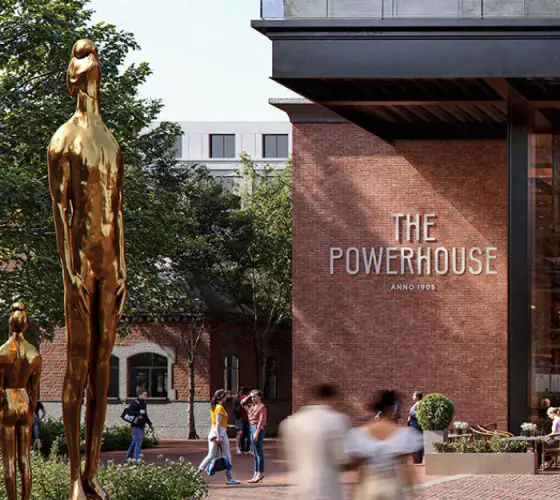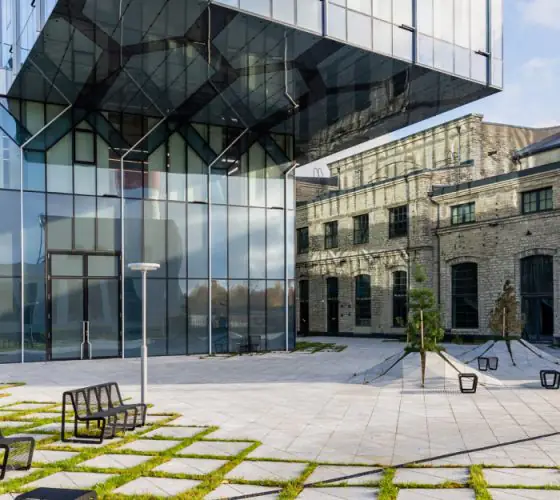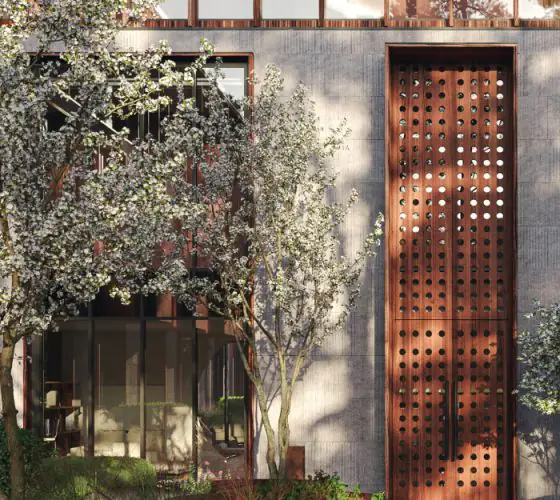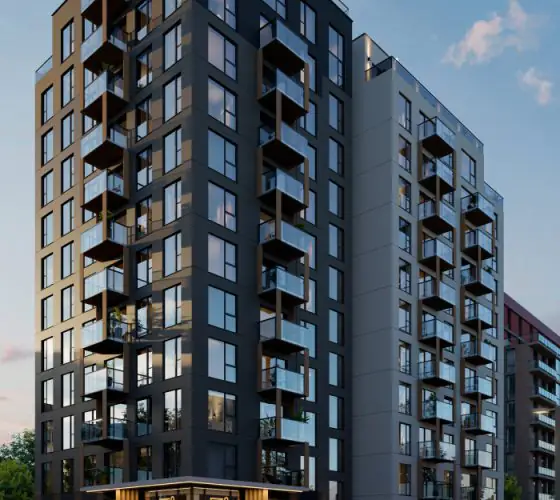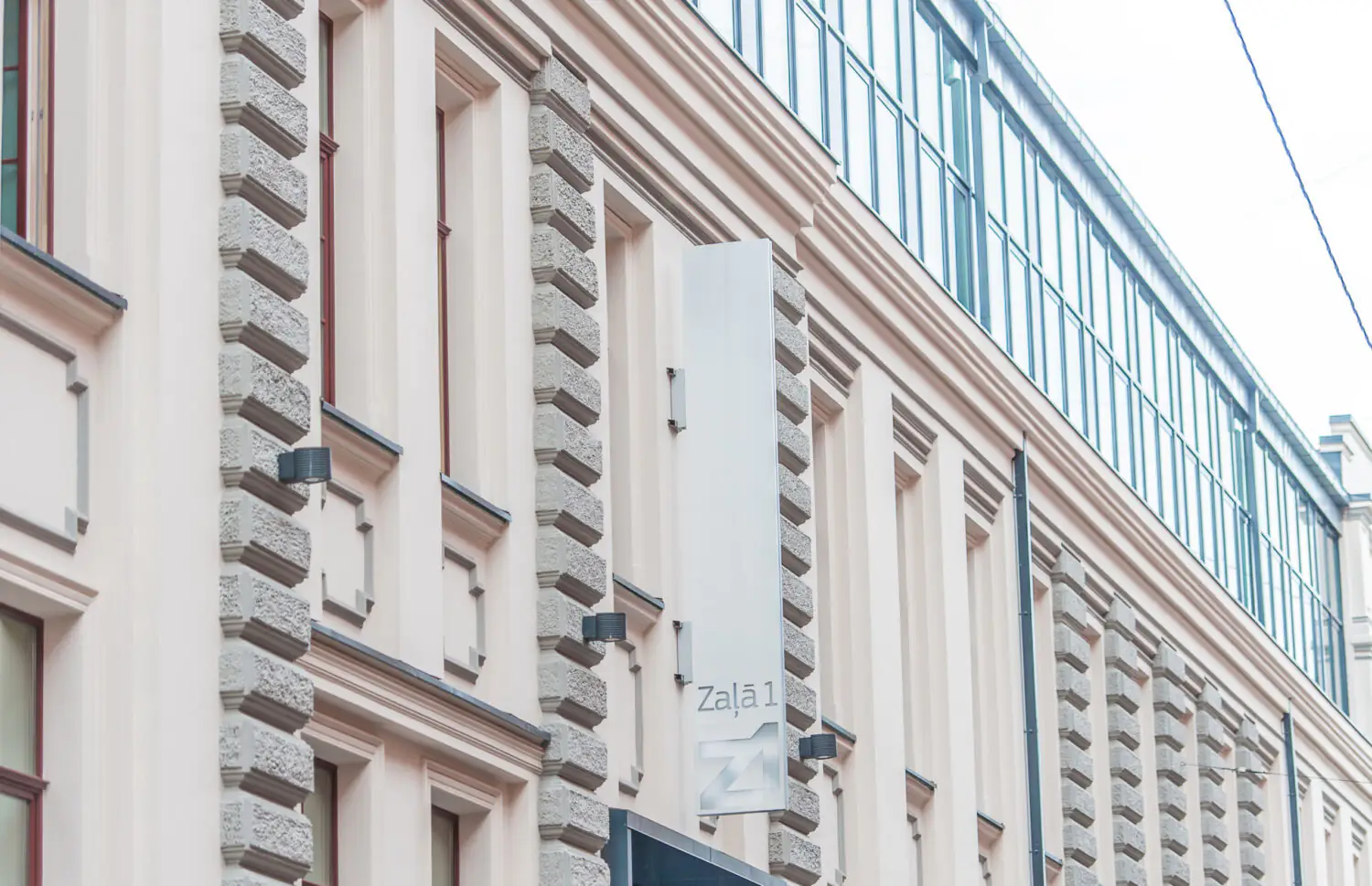
usgbc.org
Address: Zala iela 1
We described how green building certification works in a recent article. Platinum certification means not only the use of sustainable building materials and sustainable building practices, but also a transformation of tenants’ daily routines: their habits are becoming more environmentally friendly: for example, they are limiting their paper consumption and sorting waste.
Layouts and Amenities
Zaļā 1 is located in the former tobacco factory of A.G. Rūtenbergs: it was built in 1899 and reconstructed in 200—two more floors were added to the existing three. The five-storey class A office building has a total leasable area of 3,600 m².
The building has a complex underground engineering structure: the 6,000 m² car park is on two levels underground and sits 6 metres below the water table. It can accommodate 190 cars. The car park also provides space for bicycles and other means of micromobility.
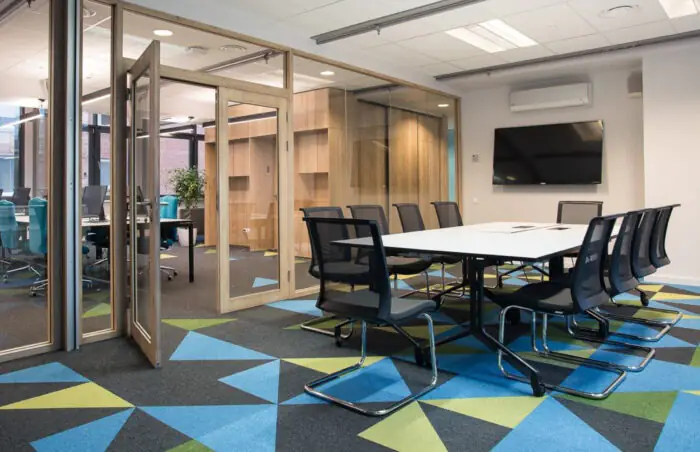
kivi.lv
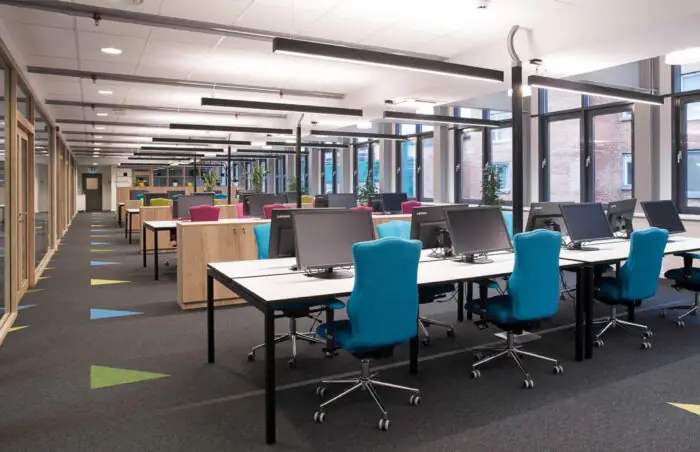
kivi.lv
Infrastructure
The buildings’ position in the city centre in the embassy district makes it accessible by public and private transport, and the airport can be reached in 20 minutes.
More and more people are choosing to commute to work by bicycle, electric car, scooter or public transport: the use of personal transport among employees has decreased by 31% by 2020.
In this way, people working in the building reduce their ecological footprint. Among other things, the building was honoured with a LEED Platinum Award for this.
Energy Efficiency
In 2016, the building received gold certification under the LEED EBOM (Existing Building Operations and Maintenance) programme for existing operating buildings. The certificate confirmed the building’s environmental friendliness and high level of maintenance.
According to the programme rules, re-certification is required every five years to ensure that the building has not lost any of its qualities, thus ensuring that the certificate is in line with the existing condition of the building.

usgbc.org
To achieve the LEED Platinum level, environmentally friendly engineering solutions were already implemented during the building’s operation. For example, air measurements in various office areas regularly show CO2 levels below the maximum permissible level.
Other factors also contributed to the high environmental rating: 50% of the building’s spaces have daylighting and high-quality views, 75% of durable goods are reused or recycled, and indoor drinking water consumption has been reduced by 30%.
Project Team
The developer of the project was Vastint, a company specialising in energy efficient buildings. The building was taken over by Eastnine in 2021.


